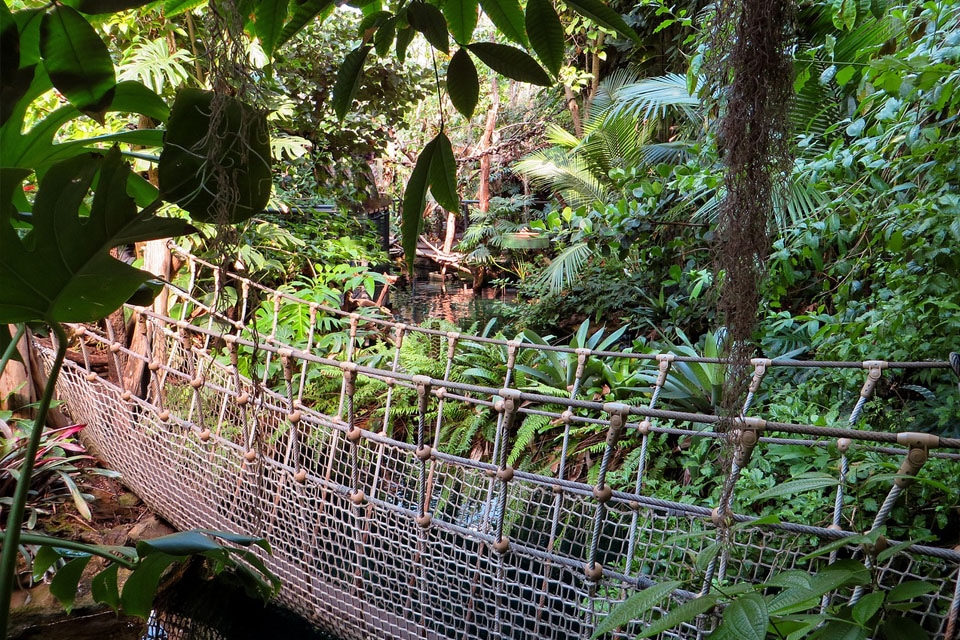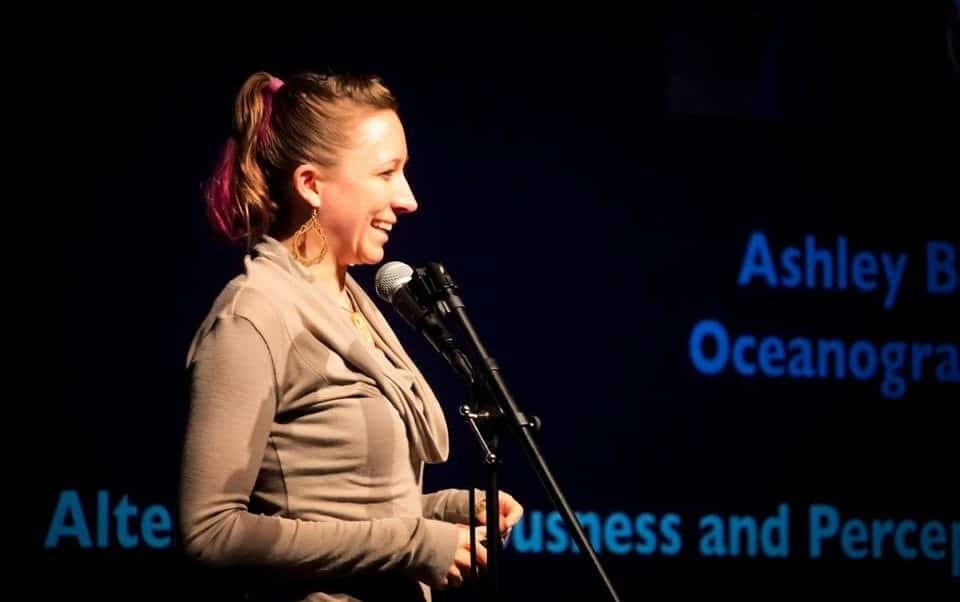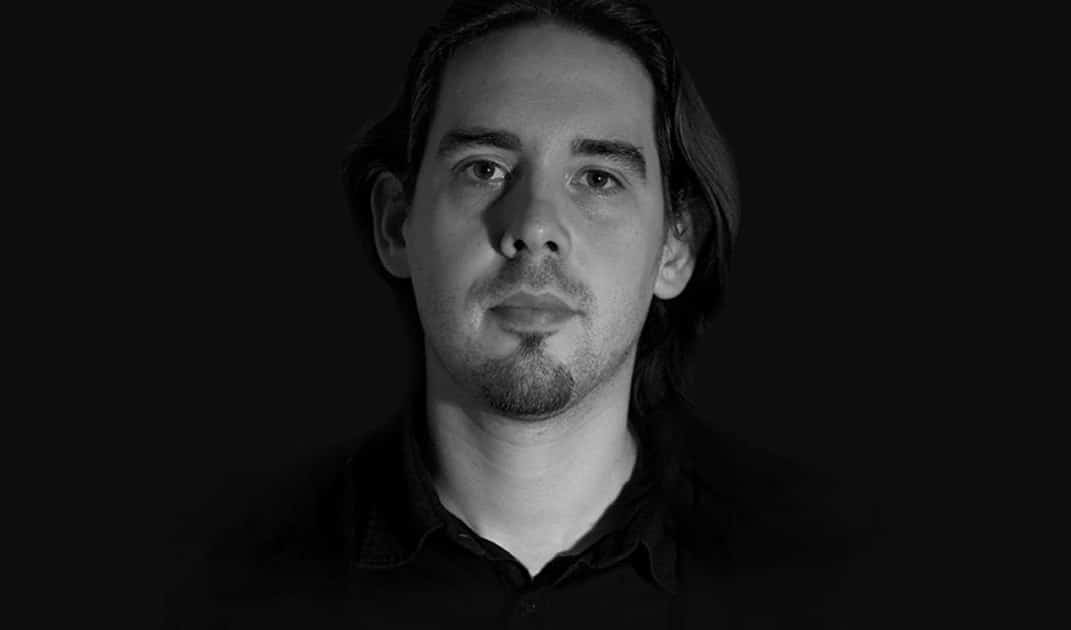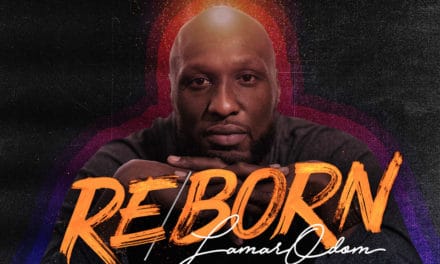In our continuing conversation with Professor David Nutt, we discuss the latest research efforts at Imperial College London where he is the Edmond J. Sapfra chair in Neuropsychopharmacology and director of the Neuropsychopharmacology Unit in the Division of Brain Sciences. We also touch on the challenges of using psychedelic plants such as ayahuasca and iboga in modern scientific research contexts.
Thank you again for speaking with us, Professor Nutt. What current research and frontiers are you exploring at Imperial College London?
Well, I’m very excited about three things. One is that we’ve just finished the first MDMA and alcoholism study—a safety, tolerability and feasibility study given to alcoholics to see if MDMA could help them overcome the traumas that lead them to drinking. We used exactly the MAPS protocol: 2 x 125mg doses 2 weeks apart. It was well-tolerated, considering these are often very physically sick people, and the MDMA didn’t show any unwanted effects. A significant number stopped drinking completely, so it was a very positive outcome—safe and effective, looking way better than conventional talk therapy. So we’re writing that up now.
Within the next few months we will have finished our head to head of psilocybin study, 2 x 25mg doses [three weeks apart] vs Escitalopram for depression. That’s going to be a very interesting study looking at clinical outcomes, side effects, and brain mechanisms. That will be out in probably August or September of this year.
We’re also just finishing analysis of our first DMT imaging study, which is I think the first fMRI study of DMT given intravenously. We’re looking forward to seeing those results, hopefully quite soon.
So those are three things we’re quite excited to happen this year. Coming up, we have a psilocybin OCD study and a psilocybin anorexia study, and hopefully a psilocybin for opiate addiction study which is one I’m particularly interested in—to see if psilocybin can help people free their brain from heroin dependence.
Interesting—when it comes to opiates, you hear mostly about iboga and ibogaine.
You do… The thing about ibogaine is it’s quite a difficult drug to use. It has way more cardiac effects than psilocybin. I don’t know whether we could use ibogaine in Britain because of its cardiac effects. But you know, there’s no theoretical reason why ibogaine should be better than psilocybin. Both have powerful ego-dissolving effects and people find them useful to help them stop using harmful drugs, but maybe psilocybin will be just as good. It’s something we can use here, whereas we can’t use ibogaine.
You sometimes hear about ayahuasca too, but it’s difficult for us as scientists to use ayahuasca because you can never be sure what’s in it. That’s one of the reasons we did the DMT imaging study—because DMT is DMT. They say the effects are too short to be properly therapeutic, but we are working on a slow infusion so you can potentially mimic the prolonged effects of ayahuasca. This could also avoid the complications of having to give plant products whose strength and authenticity can’t really be validated, and also without having to give harmaline (which in itself could have therapeutic actions as well; we don’t know.) Ayahuasca isn’t necessarily just a DMT product—it’s got a lot of harmaline, and harmaline is a monoamine oxidase B inhibitor, and that complicates interpretations of the findings because those are powerful drugs themselves.
When I spoke with Brad Adams a few years ago, he mentioned that a group in Spain found a way to freeze-dry and encapsulate ayahuasca preparations to make it easier to control strength and dosages.
Yes, but the reality is that ayahuasca will never be licensed as a medicine under the current regulations. In Europe, and with the FDA, they set such strict standards for replication of purity and concentration that I don’t see how it could be done. I mean, I suppose you could make a thousand liquid tons of it and freeze it, but that’s not going to be cheap.
You’d need an army of curanderos and curanderas blessing it and praying over it!
[Laughs] I mean, I wish things were different. I’d rather we loosened up our attitudes on these things. But the current approach we have towards pharmaceutical safety and marketing is so heavily biased in favor of huge pharma companies that can do the very expensive safety and replication studies, which are almost certainly not needed for drugs that have been in use for millenia by thousands of people. The model is wrong for plant products. But it’s going to be easier to get the products on the market than it is to change the model. That’s why we do our psilocybin studies—trying to bring something to people within the model, rather than break the mold. But I think at some point, the mold may well break.
Right, It’s an interesting dichotomy there. These ancient indigenous traditions and their healing methods simply aren’t compatible with our “scientific rigor.”
But isn’t it lovely that we are discovering people that knew more than we did? It’s very satisfying as a scientist to discover that all you’re doing is framing ancient knowledge in a new way, a more rigorous and pharmacological way, but the actual understandings are the same. The plants are the same, the effects are the same… you’re just giving them a different notation, a different explanation. But the content and the process is the same that it’s been for thousands of years, I find that really quite satisfying. There are very few areas of science where that is true. Maybe none.
Yes, isn’t it humbling? And in a sense, does the ayahuasca perhaps not want to be tamed and put into that paradigm? It’s almost saying, “You have to come to me and approach this with a different set of ideals and understandings in order to have this experience.”
I certainly think in terms of nonmedical insights, it’s definitely preferable to have a good shamanistic experience rather than just going to your doctor and getting a capsule.










